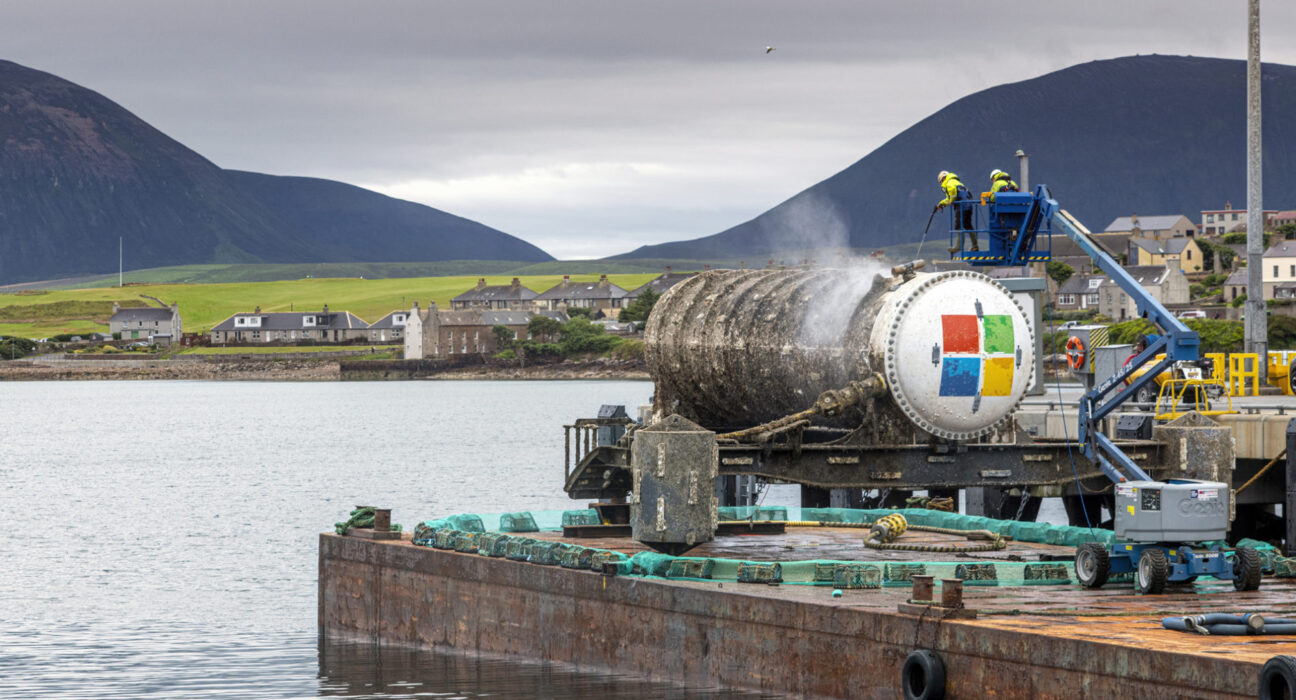Japan unveils underwater data centers to reduce energy use

1. Introduction: Innovation Beneath the Waves
Japan has recently launched a groundbreaking initiative—underwater data centers—designed to significantly reduce energy consumption and environmental impact. With the demand for data storage and cloud services skyrocketing, the need for energy-efficient, sustainable infrastructure has never been more urgent. By placing data centers beneath the ocean, Japan aims to exploit the natural cooling properties of seawater and pave the way for next-generation computing.
2. What Are Underwater Data Centers?
Underwater data centers are self-contained, sealed modules installed on the seabed near coastal regions. These units house servers, cooling systems, and power supplies and are designed to leverage the cold ocean temperatures for passive cooling. The structure typically includes:
- Pressure-resistant, watertight casing
- Servers arranged in racks with advanced configurations
- Direct or indirect exposure to seawater for cooling
- Renewable or grid-connected power systems
- Remote-monitoring sensors and autonomous maintenance mechanisms
3. Japan’s Vision and Objectives
Japan’s foray into underwater data centers aligns with several key national goals:
- Enhancing energy efficiency through natural cooling
- Reducing carbon footprint by minimizing reliance on power-hungry air conditioning units
- Promoting innovation in cloud and edge computing
- Strengthening digital infrastructure resilience via decentralized deployments
This initiative complements Japan’s broader strategies for green technology adoption and digital transformation.
4. Technical and Environmental Implementation
Site Selection & Design
Strategic coastal locations were selected for their deep, cold waters and proximity to fiber-optic landing points. The modules are engineered to withstand pressure, corrosion, and marine conditions for years.
Cooling Mechanism
The natural cold water surrounding the module dissipates heat directly through a cooling jacket or heat exchange system. This eliminates the need for traditional air conditioning units inside data centers.
Power and Connectivity
Underwater centers are powered either by subsea cables linked to clean energy grids or by renewable sources such as nearby wind or solar farms. Fiber-optic cables provide high-speed data transfer with minimal latency.
Monitoring and Maintenance
Integrated remote sensors track temperature, humidity, and server performance. In case of technical issues, specialized remotely operated vehicles (ROVs) or periodic retrieval missions handle maintenance and upgrades.
5. Key Advantages
| Advantage | Benefit |
|---|---|
| Energy Efficiency | Cooling energy consumption drops dramatically compared to land-based centers. |
| Reduced Carbon Emissions | Lower reliance on mechanical cooling cuts CO₂ output. |
| Scalability and Modularity | Underwater units can be added incrementally, matching demand growth. |
| Resilience and Redundancy | Subsea placement provides natural disaster protection and geographic diversity. |
| Environmental Synergies | Ocean acts as a free cooling agent without additional resource consumption. |
6. Challenges and Mitigation Strategies
- Marine Environment: Saltwater corrosion, biofouling, and marine life interaction
Mitigation: Use of corrosion-resistant materials and protective coatings; ecological impact assessments. - Maintenance Logistics: Servicing underwater units demands specialized equipment and trained personnel
Mitigation: Use of ROVs or modular design allowing retrieval of entire units when necessary. - Connectivity and Reliability: Risk of cable damage due to fishing, anchors, or natural events
Mitigation: Burial or protective casing of cables; redundant routes and real-time monitoring. - Regulatory and Environmental Compliance: Permits, marine ecosystem protection, and legal complexities
Mitigation: Collaboration with marine authorities, comprehensive environmental impact studies, and adherence to international regulations.
7. Real-World Pilot and Early Results
Recent pilot deployments off Japan’s coastline revealed a 40–50% reduction in energy used for cooling, compared to traditional data centers. In addition, server uptime remained above 99.9%, demonstrating both reliability and efficiency. Industry experts praise the initiative for its scalability and innovative approach.
8. Global and Industry Implications
Japan’s underwater data centers have sparked interest worldwide. Tech giants and cloud service providers are monitoring the results closely, considering similar models in cold waters near Scandinavia, North America, and oceanic regions across Asia. This approach could redefine the future of green data infrastructure globally.
9. Future Roadmap
Japan plans to expand the underwater data center network with:
- Additional deep-sea units near major coastal cities
- Hybrid power schemes tapping offshore wind farms
- AI-driven maintenance scheduling and predictive diagnostics
- Integration with national edge-compute networks for low-latency applications
These developments are expected to support Japan’s digital economy objectives and net-zero goals.
10. Conclusion: A New Wave in Sustainable Computing
The unveiling of underwater data centers marks a transformative moment in both environmental stewardship and digital infrastructure. By harnessing the ocean’s cooling power, Japan sets a bold example of technological innovation aligned with sustainability. As this model gains traction, it may well become a blueprint for future data centers worldwide—seafloor-based servers powering the digital age with minimal carbon impact.





